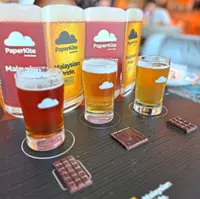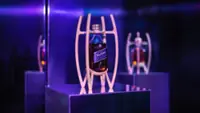Tasting the Shirakawa 1958, the world’s rarest single malt Japanese whisky, is like tasting a snapshot in time. — Photos: Handout
It is not very often that one gets to taste a slice of whisky history. But that is just what you’ll get with the Shirakawa 1958, the world’s rarest Japanese single malt whisky.
A moniker like that does not come lightly, and the Shirakawa 1958 does have a fascinating history and story to go with it.
Already a subscriber? Log in
Save 30% OFF The Star Digital Access
Cancel anytime. Ad-free. Unlimited access with perks.





